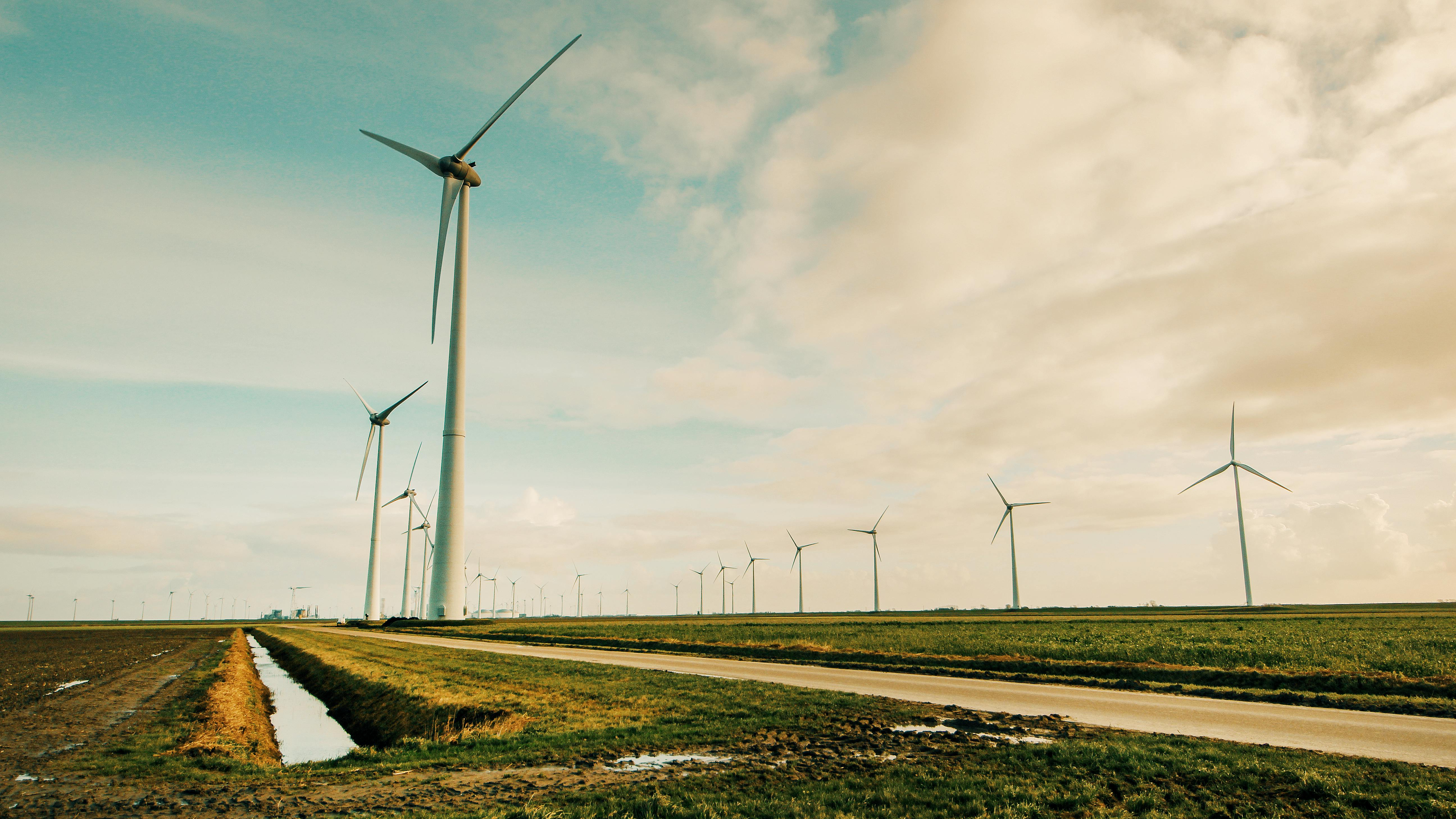Maharashtra is one of India’s most industrial states. It has strong manufacturing, IT parks, refineries, and agro-processing. At the same time, it faces high power tariffs and reliability problems. Wind energy has become important here, not just for clean power but for practical reasons. Industries want stability and lower costs. Many are turning to captive wind power as a way to gain more control and reduce dependence on the grid.
Why Wind Works Here
Maharashtra has good wind resources in districts like Satara, Sangli, Dhule, and Ahmednagar. Turbines have been running in these areas for years. The data is proven. For factories, data centers, or any energy-heavy business, the economics can be attractive. Electricity bills in the state are among the highest in India. Grid stability is also an issue in many areas. Captive wind power helps reduce both risks. Grid access and banking support are still needed, but compared with full reliance on the utility, the balance tilts toward more security.
Captive Power The Subtle Advantage
Most renewable discussions focus on policy terms such as RPOs or REC trading. For a factory manager, the real concern is cost and reliability. Captive power in Maharashtra often works out better than grid supply. Wind projects set up for captive use let industries consume their own electricity through open access or wheeling. This brings cost savings and long-term stability. Owning the asset adds another layer of control. Yes, wind is intermittent. Monsoon months bring plenty of power while summer often brings less. But if you plan around annual averages, the risk is manageable. Some industries in Maharashtra, like sugar mills, already operate on seasonal cycles that fit well with wind patterns.
The Consultancy Factor in Wind Energy Projects Maharashtra
Setting up Wind Energy Projects Maharashtra involves more than installing turbines. The regulatory process is complex. Open access approvals, grid connection, duty exemptions, and compliance with forecasting rules take time. This is why consultancy support is critical. A good consultant will not only select the site but also handle approvals, banking terms, and financial modeling. Many projects succeed because of strong planning, not just technology.
Not Just Green PR An Economic Case
Industries often get credit for adding renewable energy to their ESG targets. That is one part of the story. But most plant managers in Maharashtra focus on cost, reliability, and steady supply. Captive wind power can cover these needs. Solar is cheaper per unit but only runs in daylight. Wind can produce at night, making it a better fit for round-the-clock operations. Some of the most efficient setups use both, but wind alone has already supported many businesses for years.
Policy Landscape Still a Work in Progress
State renewable policies are not always consistent. Open access charges, cross-subsidy rates, and banking rules change often. This creates risk for captive users. The bigger challenge is usually regulation, not technology. Even so, the government knows captive power supports industrial growth. If rules become too restrictive, investment slows. For now, the balance still favors those willing to take a long-term view.
A Personal Take
Captive wind is often underrated. Many businesses treat it as just a sustainability measure. In reality, over ten years, it can cut operating costs in a meaningful way. Some projects underperform, but the trend is clear. Not every turbine is designed for maximum efficiency. Sometimes the value lies in energy independence itself, even if the site is less than perfect.
Looking Ahead
For industries in Maharashtra, the opportunity is clear. Good wind zones exist. Strong consultancy services are available. Demand for reliable captive power is growing. The challenge is in careful planning. Seasonal demand, financing, and regulatory issues must be managed. With the right structure, wind power offers long-term stability. For many businesses, the real question is not whether captive wind is possible. It is whether they can afford to ignore it.








